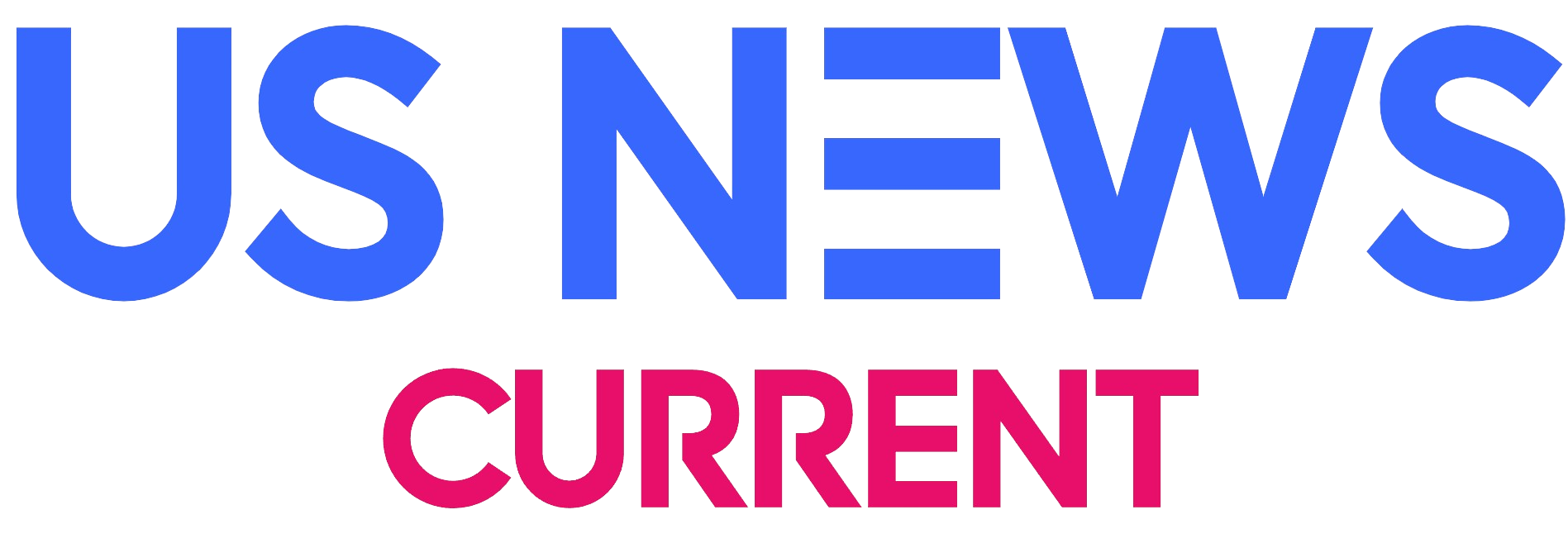On Saturday, the first crewed launch of Boeing’s Starliner was called off by NASA. NASA astronauts Barry “Butch” Wilmore and Sunita Williams were set to launch aboard the Starliner from Florida’s Cape Canaveral Space Force Station at 12:Listen to the call at 25 p. m. Eastern Time. This was to be Starliner’s first flight with a crew to the International Space Station.

The launch was aborted after reaching ‘T-minus 3 minutes and 50 seconds.’ This is another blow to Boeing that has been plagued by years of delay and ballooning costs on the Starliner project. This uncrewed test flight was important for Boeing to prove that the Starliner was ready for the task of launching astronauts to and from the space station. A successful mission will enable NASA to certify Boeing for routine missions to the orbiting station which will supplement SpaceX’s Crew Dragon capsule.
Decision to abandon the launch were made because of the ground launch sequencer hold, a computer that monitors the final procedures in the countdown process. Dillon Rice, a systems test engineer and launch conductor at United Launch Alliance (ULA), pointed out that these holds happen when the computer is asked to perform a command, but it cannot confirm the correct response. ULA, which is a joint venture of Boeing and Lockheed Martin, produces the Atlas V rocket, which the Starliner uses to get into orbit. The actual reason for the hold is still not clear.
It is not unheard of for a launch scrub to happen in manned space exploration. There is a backup launch possible on Sunday, on June 5 and June 6, but whether the capsule and rocket will be prepared in time is unknown.
Minutes before Saturday’s launch was called off, Sunita Williams’ mother, Bonnie Pandya, spoke to NBC News and said that her daughter was fine. She’s very upbeat. She’s so happy about going, Pandya said. “She loves it.

The previous launch by Boeing slated for May 6 was also aborted, approximately two hours before the scheduled time, due to a problem with a valve in the Atlas V rocket. However, a helium leak was later found in the craft’s propulsion system, adding further delays. Despite having substituted the rocket’s valve, the helium leakage was not fixed to fly on Saturday as planned. The control centre concluded that the leak would not be hazardous to the astronauts or the ship.
Boeing and SpaceX have designed their spacecraft within NASA’s Commercial Crew Program, a program launched more than a decade ago to help private companies build new spacecraft for low-Earth orbit missions. This came after NASA’s space shuttles were retired.
Nevertheless, Boeing lags behind SpaceX, which began launching crewed missions to the ISS for NASA back in 2020. The Starliner has encountered many problems in the recent past. During the first test flight in 2019, software issues led the mission control team to terminate the flight before the ship could approach the ISS. A second attempt was aborted several times due to issues with the fuel valve. Boeing only achieved a crewed flight to and from the space station in 2022.
These recurring issues reveal that it is not easy for Boeing to put the Starliner program back on track. With every passing day, SpaceX is getting further ahead and every problem that the company has to face must be solved quickly. The future of the Starliner is significant for NASA as it serves as a backup for the use of the Boeing’s CST-100 spacecraft for space missions.
